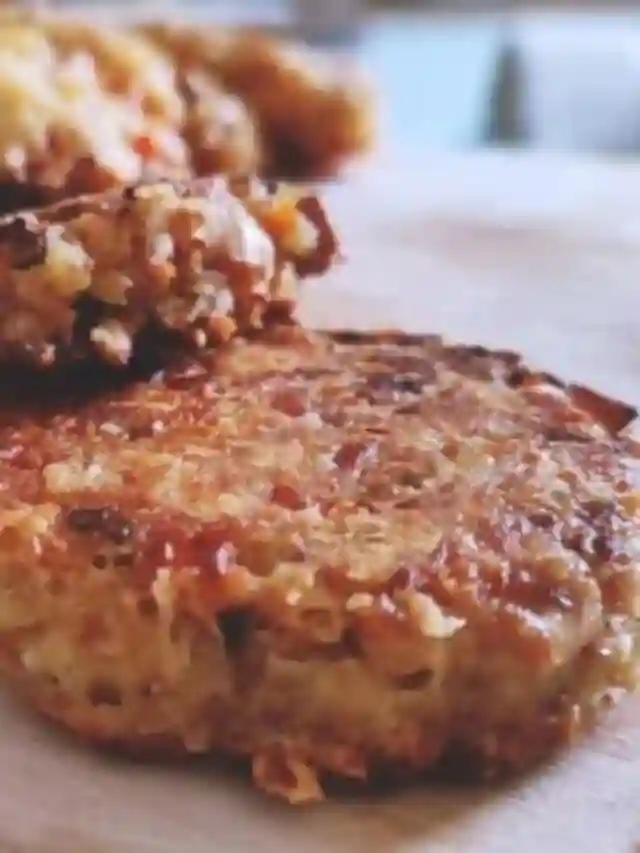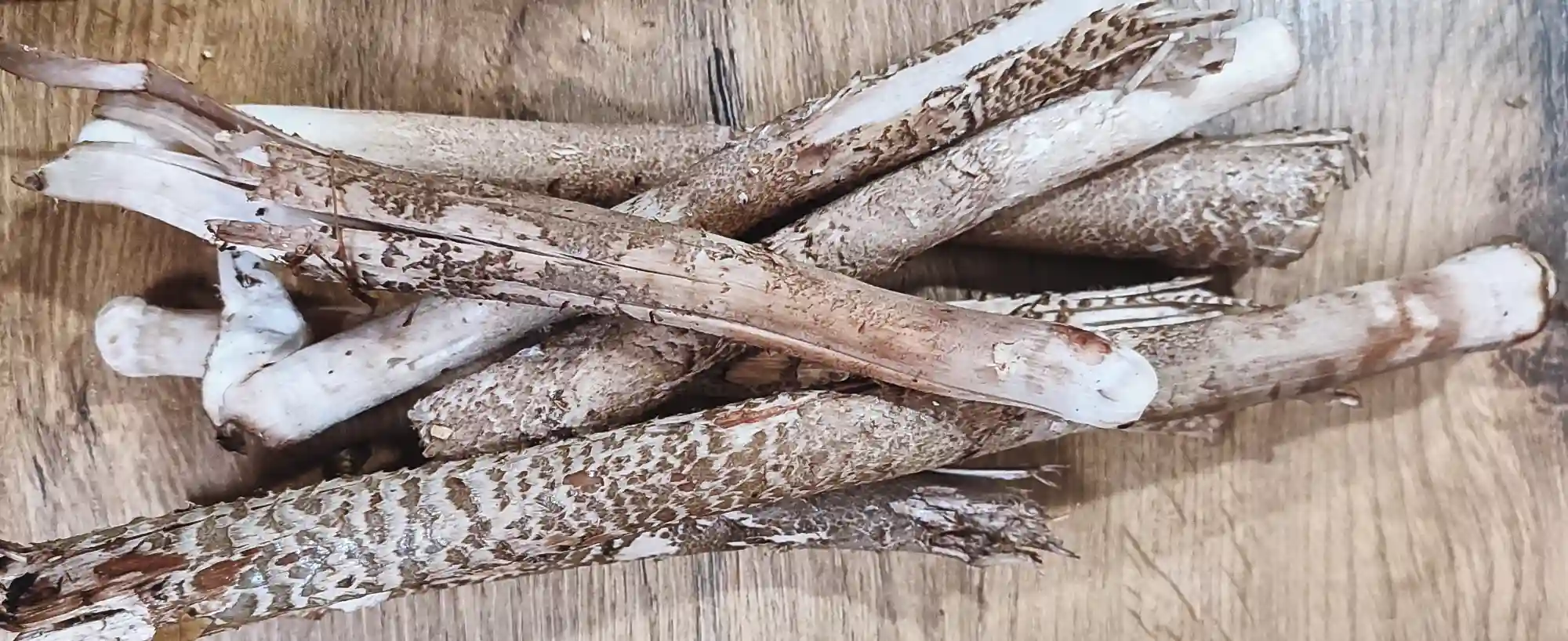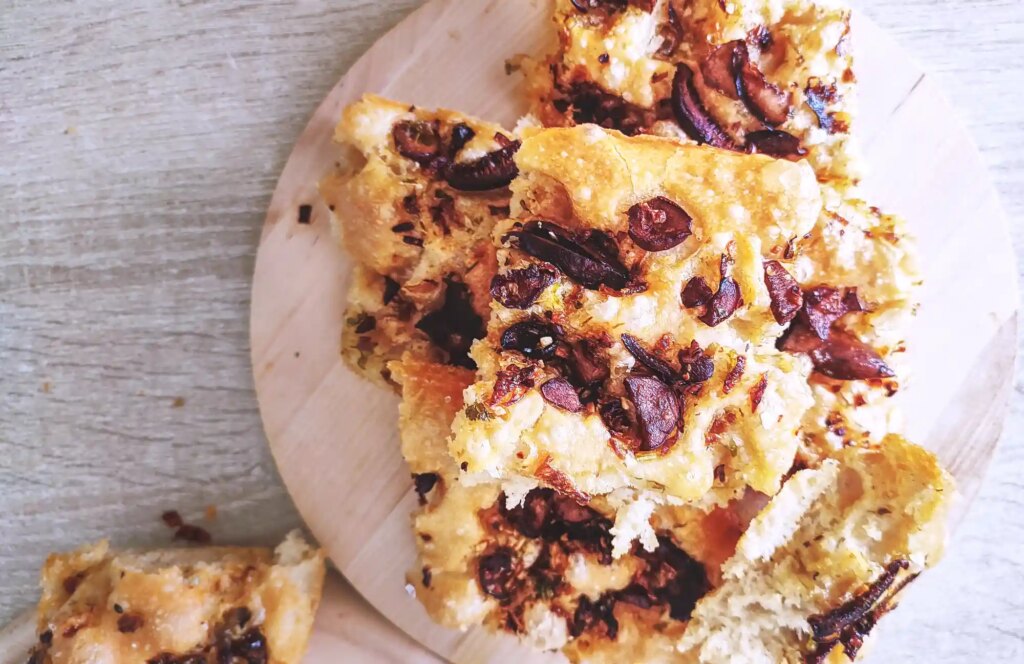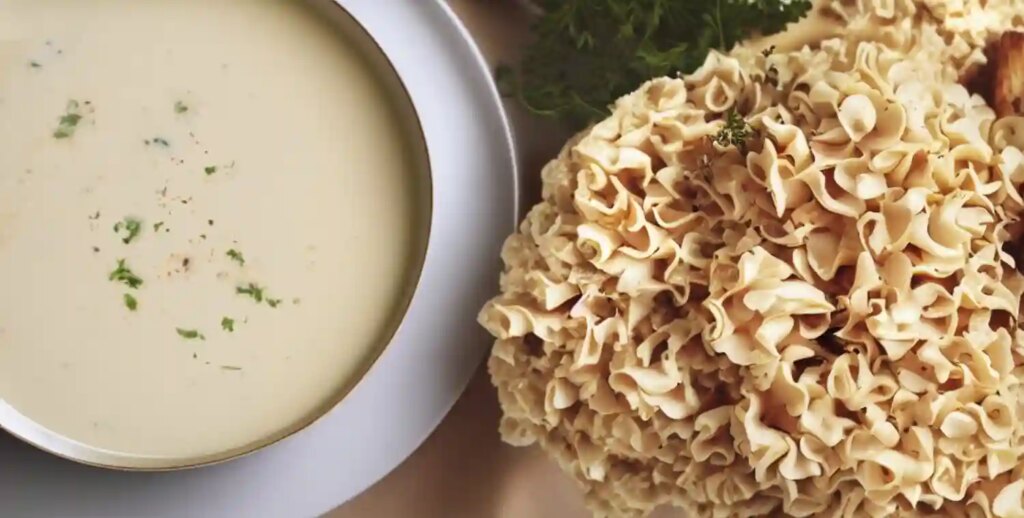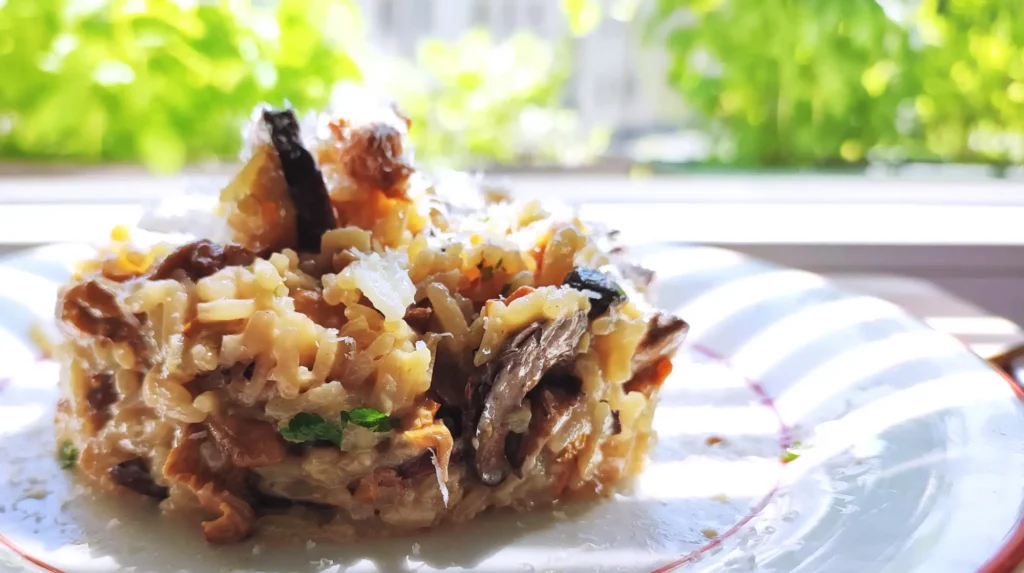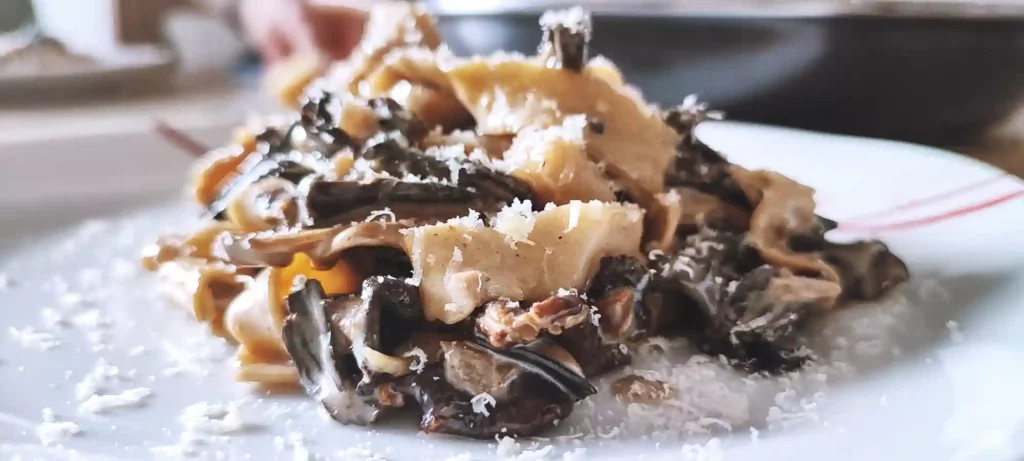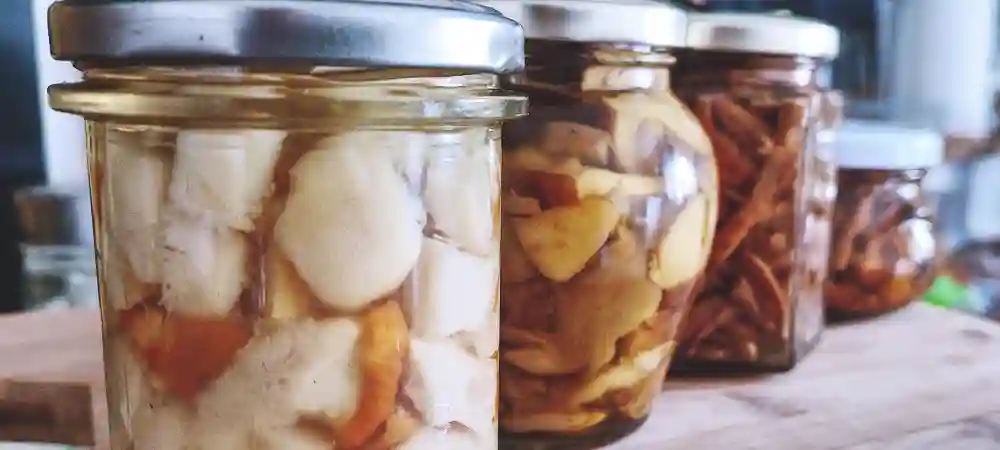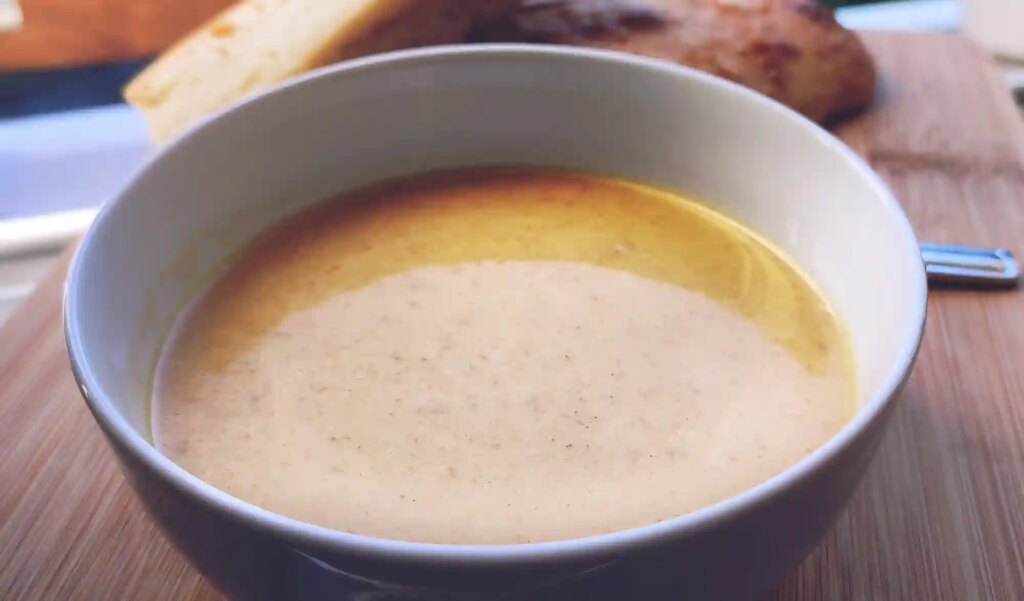In the world of mushrooms, people often miss out on the fantastic parasol mushroom stem. You know, the long, tall parts that too many people toss aside because they think they’re not fit to eat. Well, that’s exactly what I want to talk about, it is a common misconception. Parasol mushrooms are entirely edible, from cap to stem, and there’s so much you can do with those delightful stalks.
Table of Contents
Breaking the myth
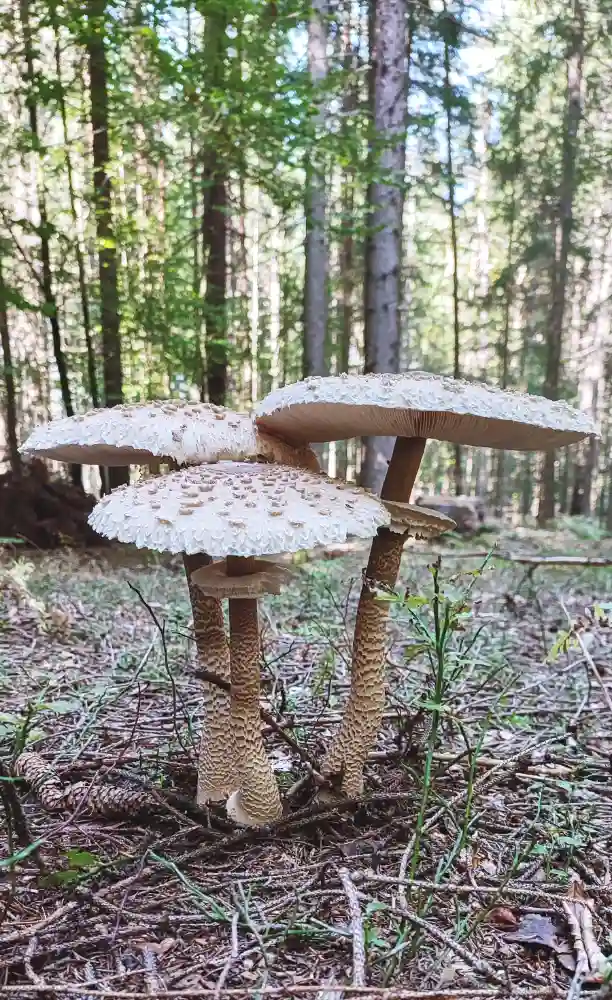
Let’s start with the elephant in the room.
There is misconception that only the cap of the parasol mushroom is edible.This myth has its roots in the fact that the stem of Macrolepiota procera, can be a little woody, tenacious – chewy. But here’s the kicker – you can actually eat the mushroom stalks. They have a similar nutritional profile and flavour to the caps. The key is knowing how to prepare them, and that’s where my method comes in.
How to use Parasol Stems?
I use them in 2 different ways: in a mushroom broth, with other vegetable waste, or dried. I’ll describe both methods below.
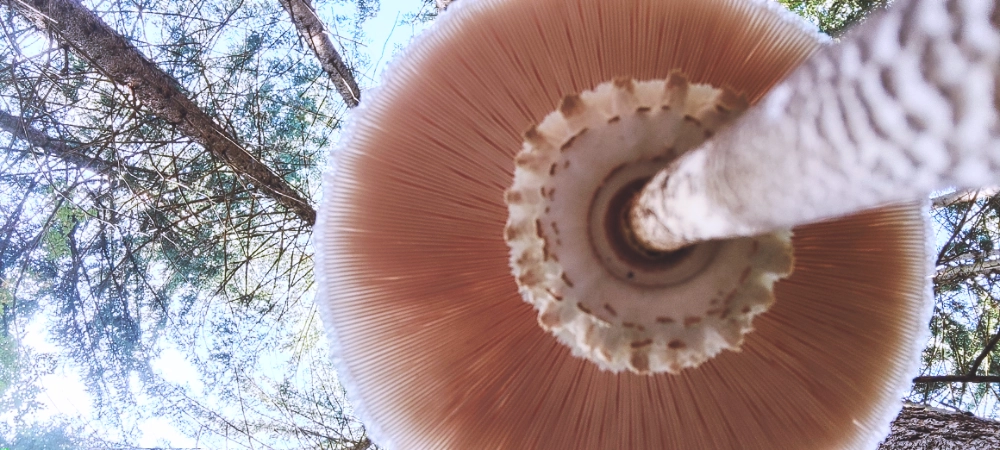
Mushroom Broth Recipe
First, chop up those stem pieces. Add them to the pot, and mix with other vegetable scraps. Scraps like onion skins, zucchini peels, tomato skins, carrot skins – you get the picture.
We don’t throw anything away, not until we’ve drained the last drop of essence;)
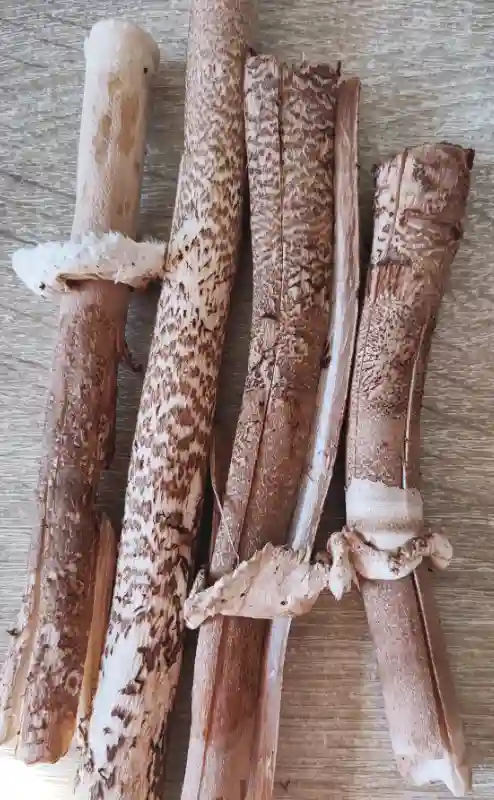
Cover with enough water and simmer it all together to create a rich, umami-filled broth. The great thing is that you can freeze it. You can use it as a base for a variety of dishes, including mushroom soups, risotto, pasta and more.
Every time a recipe calls for plain water, why not swap it for this delicious mushroom broth? Trust me, it’s a game changer. Here’s one more tip: freeze the broth in ice cube trays.
They are easy to store in the fridge. Just toss in the amount you need for your next culinary adventure.
Drying parasol mushroom stem with a dehydrator
Another fantastic way to make the most of parasol mushroom stem is to dry them and turn them into powder. Drying them is a fantastic way to prolong their life. It’s very easy to do with a food dehydrator.
Start by cutting the mushroom stems into even pieces. This will ensure even drying.
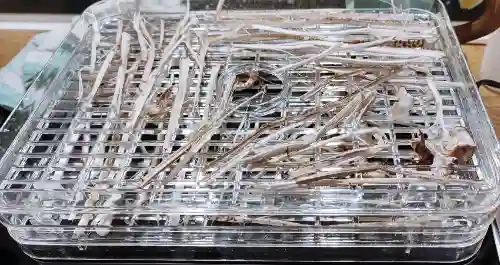
Place the slices on the dehydrator trays, leaving space between them for proper air circulation. You can place parasol mushroom skirt next to the stems too. Set the dehydrator to a low temperature, usually around 135°F (57°C), and let it work its magic. Drying time will vary depending on your dehydrator, but is usually around 6 hours.
The stems are ready when they are crisp and brittle, with no moisture left. To be sure, take a slice and it should snap when bent.
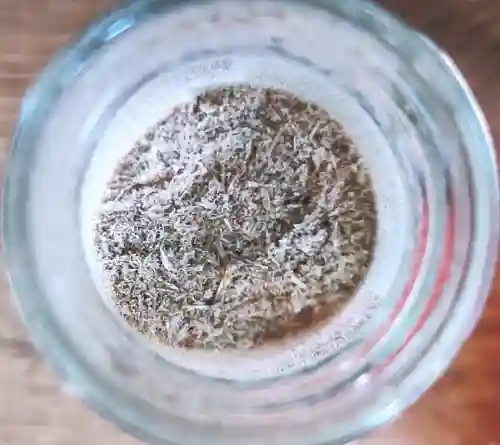
If desired, use a fine blender to blend to a powder.
Once your parasol stems are perfectly dry, store them in an airtight container away from light and moisture. Properly stored, they can last for months.
Other home drying techniques
Hang them in well-ventilated area
If you don’t have a dehydrator, don’t worry! Air drying is a simple method. Simply thread the stems onto a string and hang them in a dry, well-ventilated area. This method takes a little longer, but works just as well.
Oven Drying
Another option is to dry in the oven. Place the sliced stems in a single layer on a baking sheet.
Set your oven to its lowest temperature (usually around 150°F (65°C)). Leave the oven door slightly open to allow moisture to escape. Keep a close eye on them as this method can be quicker than air drying, which usually takes a few hours.
How to use parasol powder?
There are many uses for dried mushrooms(more about drying and using dried mushrooms), but here are just a few of them
- Mix with salt to create your own seasoning blend. You can use this blend on anything, from roasted veggies to grilled meats.

- Add to Soups and Broths. Consider using it as a base for mushroom soup. Combine mushroom powder with hot water or broth and you’ve got an instant mushroom soup.
- Add to sauces and gravies. It not only enhances the flavour, but also thickens them naturally due to the powder’s absorbing properties.
- Add to risotto and pasta dishes. It’s a great way to get that classic mushroom flavour without using fresh mushrooms.
- Mix parasol mushroom stem powder into breadcrumbs for a delicious, earthy twist on fried foods. It pairs beautifully with chicken, fish or vegetables.
- Make mushroom-infused butter. Mix the mushroom powder into the softened butter and bring to the boil, but don’t let it boil. Leave to stand for a few hours or overnight.
Can you eat the stem of a parasol mushroom?
Yes, you can eat all parts of the parasol mushroom. The parasol mushroom stem tastes almost the same as the cap, but it is more chewy and woody. For this reason, I would recommend drying it into a powder or cooking it into a mushroom broth. Read more at the link provided.
Is it OK to eat mushroom stems?
There are many ways to use mushroom stalks. Here are two for starters. 1. cook them with other vegetable ‘waste’ to make mushroom soup
Dry them and make mushroom powder.
You can use both options in various ways. Read more at the link provided.
What can I do with leftover mushroom stems?
There are many ways to use mushroom stems, two of which are to cook them with other vegetable waste to make mushroom soup, and another is to dry them to make mushroom powder, which can be used in many ways. Read more at the link provided.
Is it safe to eat all parts of a mushroom?
Yes, it is OK to eat all parts of the mushroom as long as the mushroom you have foraged for is an edible mushroom. Always be aware of what you have foraged and compare your findings with field guides or experts.
In conclusion, don’t let those parasol stems go to waste. Whether you’re drying them into powder or turning them into a versatile mushroom broth, you’ll be amazed at the delicious potential they hold. So the next time you’re out looking for parasol mushrooms, remember: the stalks are your friends 🙂
Shortly About Parasol Mushrooms
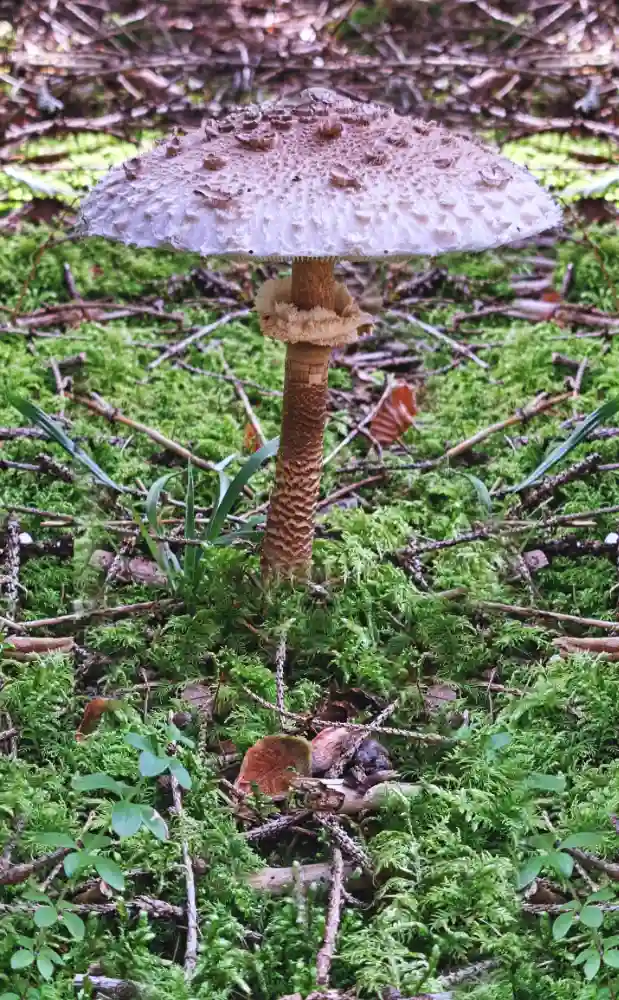
Here is a little bit about parasol mushroom. They can grow up to 40 centimetres in height and diameter! More on wiki
Macrolepiota procera is not a mushroom for beginners. It can be easily mistaken for another similar species, which can even be dangerous.
For example it is very often mistaken with Shaggy Parasol which doesn’t have snake pattern of stem. This just shows how you have to inspect every detail of the mushroom before you decide it is safe for consumption. Correct identification is a must.
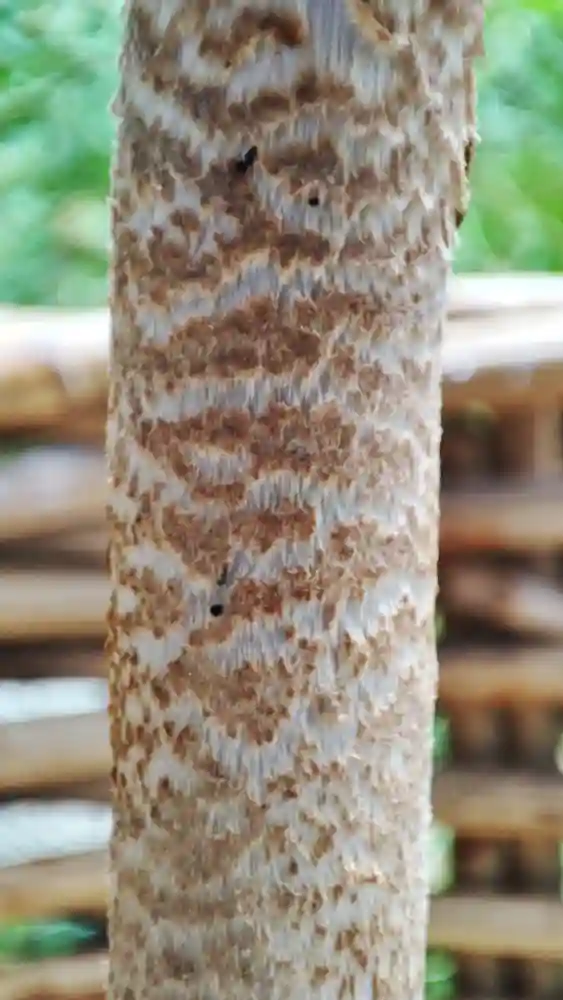
- The stem – of the macrolepiota procera should have a snakeskin-like pattern. The colour of this pattern matches the colour of the skin cracks on the cap.
- The mushroom also has a fragrant, almond-like aroma.
- Distinctive skirt (ring) that can be adjusted and moved along the stem.
- The gills of this mushroom are pale white to cream in colour and have a delicate, fragile nature.
Just remember that when it comes to wild mushrooms, caution is your best friend. Proper identification will ensure they’re safe.
Parasol mushroom Recipes

I have to say, this recipe is incredible. If you try this mushroom soup recipe, you’ll end up with a delicious meal that can be frozen and saved for later. Imagine the moment when the mushroom season is over and you’re eagerly awaiting the new foraging season from the comfort of your own home, eating parasol mushroom soup 😄.
Popular mushroom recipes on Turbo Tasty

Among the many wild mushroom recipes on my blog, canned wild mushrooms (pickled chanterelle recipe), chanterelle & sparassis crispa soup, sparassis crispa recipes stand out from the crowd. If you are interested, please check them out.
